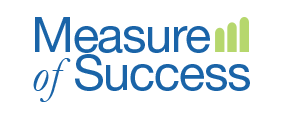Persistent thought-provoking joke #1
A new beat police officer patrolling the street one night finds a man squatted down at the base of lamppost. He appears to be looking[…]
It has been a while – what’s new and what’s changed?
Maybe it was the uncertainty around Twitter, but I have decided to return to blogging here. Talk (blogging?) is cheap, so we will see how[…]
The solvable problem with Self Evaluations
I have a vivid memory of a self-evaluation from my undergrad days at McGill. We had to take a writing course, which must have been[…]
All I really need to know I learned in… Business School?
Every once in a while you will see the “Everything important I learned in Kindergarten” claims that list insights like: clean up after yourself, share[…]
Oral tradition and written word in the workplace
Bloomberg published a fascinating article on a potential transition from society’s reliance on the written word to a society that works more heavily in spoken[…]
The Feedback Context – Developing and Evaluating
When it comes to performance, the question “How are you doing?” can start a very rich discussion. Do you really want to know? Do we[…]
We have a diversity problem? Who says?
Earlier this month, Chris MacDonald wrote about diversity programs and why they fail. The list of reasons includes breeding resentment toward the marginalized group for[…]
The rules by which we roll
Let’s describe “an organization” as a collection of people with some degree of shared purpose (what we are doing) interacting within norms of some similarity (how we[…]
Learning fast and slow – Educating and Credentialing
Earlier this month the Financial Post magazine did its feature on MBA programs part of which was MBA alumni commenting on how their education contributed[…]
Diversity Boxes – ticking and talking
The Schumpeter column of The Economist took a run at diversity this week with the hypothesis that fatigue is big part of the problem. This[…]
